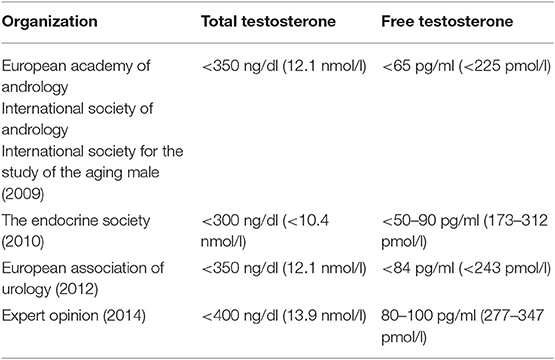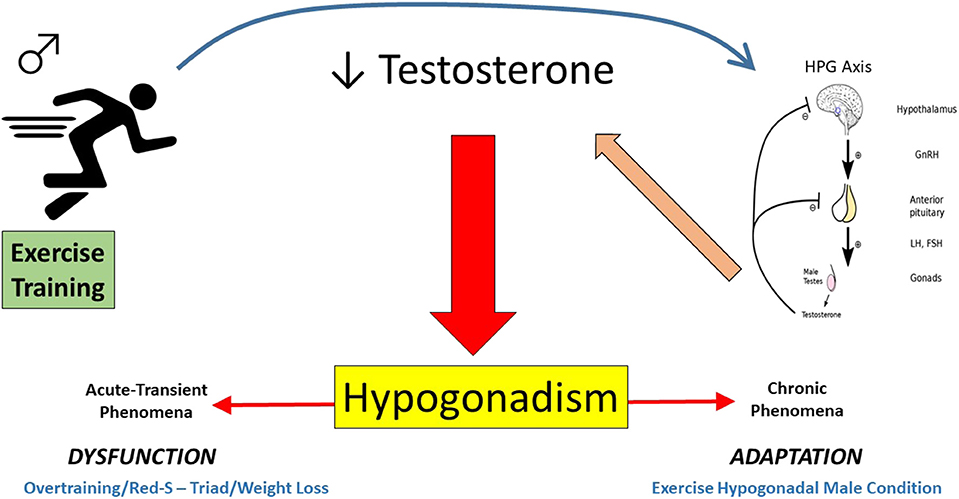Low testosterone, also known as hypogonadism, is a medical condition that affects millions of men worldwide. It occurs when the body does not produce enough testosterone, the hormone responsible for male characteristics and reproductive health. Hypogonadism can lead to a wide range of physical, emotional, and psychological symptoms, significantly impacting quality of life. In this article, we will explore the causes, symptoms, and available treatments for this condition.

What Is Testosterone?
Testosterone is a hormone primarily produced in the testicles in men and in smaller amounts in the ovaries in women. It plays a crucial role in the development of male reproductive tissues, such as the testes and prostate, as well as promoting secondary sexual characteristics like increased muscle mass, deeper voice, and facial hair. Beyond its role in reproduction, testosterone also contributes to bone density, fat distribution, red blood cell production, and overall energy levels.
In men, testosterone levels typically peak during adolescence and early adulthood. After the age of 30, testosterone production gradually declines by about one percent per year. While this decline is normal, some men experience an abnormally low level of testosterone, leading to various health concerns.
Causes of Low Testosterone
There are two main types of hypogonadism: primary and secondary. Each type has distinct causes, which can be categorized into genetic, lifestyle-related, and medical factors.
Primary Hypogonadism
Primary hypogonadism occurs when there is a problem with the testicles, preventing them from producing adequate testosterone. Some common causes include:
- Klinefelter Syndrome: A genetic condition where a male is born with an extra X chromosome, affecting testicular function.
- Undescended Testicles: A condition where one or both testicles fail to descend from the abdomen before birth.
- Mumps Orchitis: A viral infection that can damage the testicles, leading to reduced testosterone production.
- Injury to the Testicles: Physical trauma to the testicles can impair their ability to produce testosterone.
- Cancer Treatment: Chemotherapy or radiation therapy can interfere with testosterone production.
Secondary Hypogonadism
Secondary hypogonadism arises when the problem lies in the pituitary gland or hypothalamus, which are responsible for signaling the testicles to produce testosterone. Common causes include:
- Pituitary Disorders: Tumors or other abnormalities in the pituitary gland can disrupt hormone production.
- Kallmann Syndrome: A genetic condition that affects the development of the hypothalamus.
- Inflammatory Diseases: Conditions like sarcoidosis, tuberculosis, or histiocytosis can impact the hypothalamus or pituitary gland.
- Obesity: Excess body fat can interfere with hormone regulation and lower testosterone levels.
- HIV/AIDS: The virus can affect the hypothalamus, pituitary gland, or testicles.
- Opioid Use: Long-term use of opioid medications can suppress testosterone production.
Symptoms of Low Testosterone
The symptoms of low testosterone can vary depending on the age at which the condition develops and its severity. In adolescents, insufficient testosterone can delay puberty or cause incomplete development of male characteristics. In adult men, the symptoms may include:
Physical Symptoms
- Fatigue and decreased energy levels
- Reduced muscle mass and strength
- Increase in body fat, particularly around the abdomen
- Decreased bone density, leading to an increased risk of fractures
- Hair loss, including facial and body hair
- Gynecomastia, or the development of breast tissue
Sexual Symptoms
- Decreased libido or sex drive
- Erectile dysfunction
- Infertility due to low sperm production
Emotional and Cognitive Symptoms
- Depression or feelings of sadness
- Irritability and mood swings
- Difficulty concentrating or memory problems
- Reduced motivation and self-confidence
Diagnosing Low Testosterone
If you suspect you have low testosterone, it is important to consult a healthcare provider for proper diagnosis. Diagnosis typically involves:
- Blood Tests: A blood test is used to measure testosterone levels. This is usually done in the morning when testosterone levels are highest.
- Medical History: Your doctor will review your symptoms, lifestyle, and any underlying medical conditions.
- Physical Examination: A physical exam may reveal signs of low testosterone, such as reduced muscle mass or gynecomastia.
- Additional Tests: If secondary hypogonadism is suspected, imaging tests or further blood work may be needed to evaluate the pituitary gland or hypothalamus.
Treatments for Low Testosterone
Treatment options for low testosterone depend on the underlying cause, the severity of symptoms, and the patient’s overall health. Below are some common approaches:
Testosterone Replacement Therapy
Testosterone replacement therapy is the most common treatment for low testosterone. It aims to restore testosterone levels to a normal range and alleviate symptoms. There are several methods of administration:
- Gels: Applied daily to the skin, these gels allow testosterone to be absorbed into the bloodstream.
- Injections: Testosterone can be injected directly into the muscle, typically every one to two weeks.
- Patches: Worn on the skin, patches deliver a steady dose of testosterone throughout the day.
- Pellets: Small pellets are implanted under the skin, releasing testosterone over several months.
- Oral Medications: Though less common, oral testosterone supplements are available in some cases.
While effective, testosterone replacement therapy may have side effects, including acne, sleep apnea, enlarged prostate, and an increased risk of blood clots. It is essential to discuss these risks with your healthcare provider before starting treatment.
Lifestyle Changes
In addition to medical treatments, certain lifestyle changes can help improve testosterone levels naturally:
- Exercise Regularly: Strength training and high-intensity interval training can boost testosterone production.
- Maintain a Healthy Weight: Losing excess body fat can help regulate hormone levels.
- Eat a Balanced Diet: Consuming foods rich in zinc, vitamin D, and healthy fats can support testosterone production.
- Manage Stress: Chronic stress elevates cortisol levels, which can negatively impact testosterone.
- Get Enough Sleep: Aim for seven to nine hours of quality sleep per night to optimize hormone balance.
Treating Underlying Conditions
If low testosterone is caused by an underlying medical condition, treating that condition may help restore normal hormone levels. For example:
- Hormone Therapy: If the pituitary gland is not functioning properly, medications may be prescribed to stimulate hormone production.
- Weight Loss Surgery: In obese individuals, significant weight loss can improve testosterone levels.
- Medication Adjustments: If opioid use is contributing to low testosterone, alternative pain management strategies may be explored.
When to Seek Medical Attention
If you experience persistent symptoms of low testosterone, it is important to seek medical attention. Early diagnosis and treatment can prevent complications such as osteoporosis, cardiovascular disease, and infertility. Additionally, if you are considering testosterone replacement therapy, consult a qualified healthcare provider to discuss the benefits and risks.
Remember, low testosterone is a manageable condition, and with the right approach, many men can regain their vitality and improve their quality of life.





